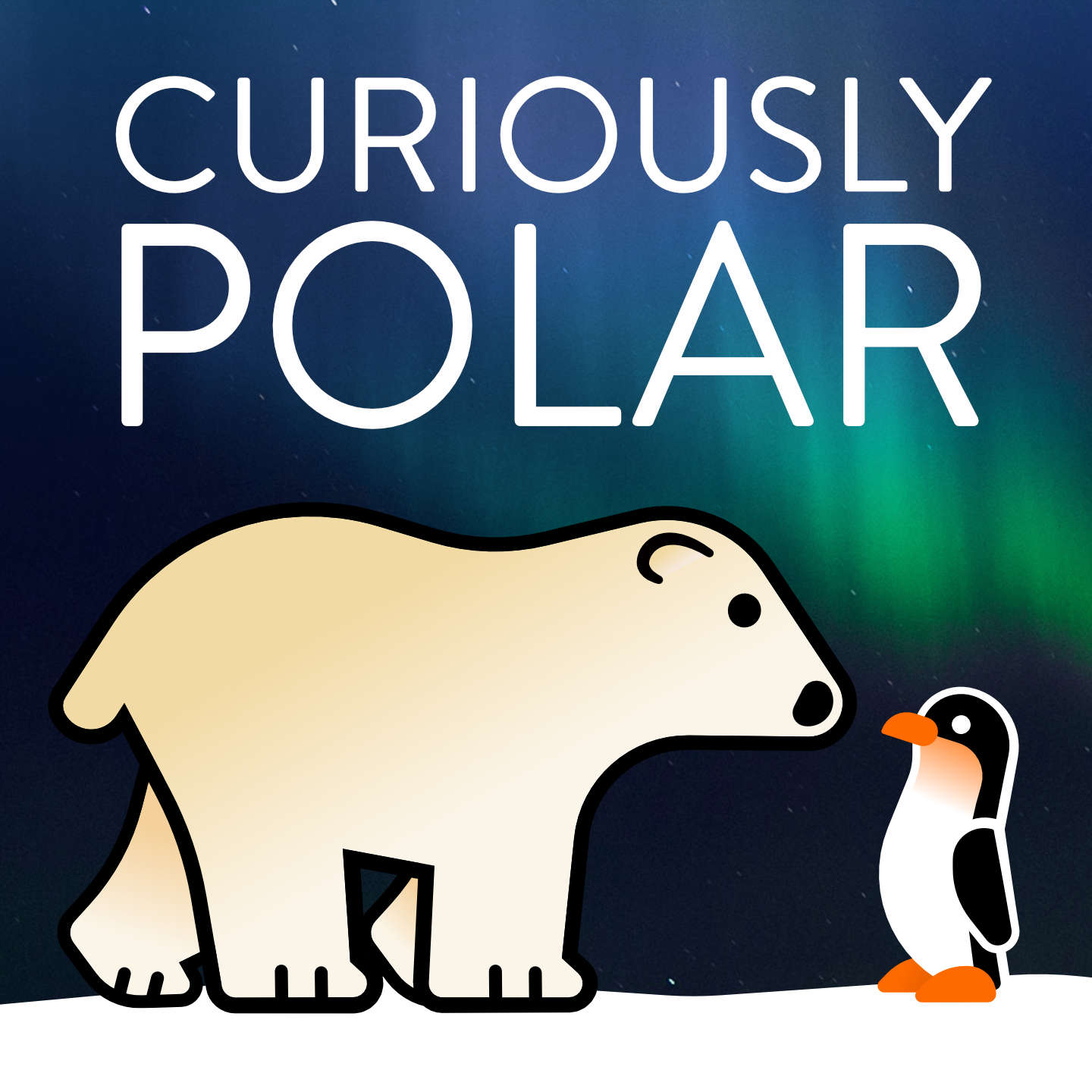098 Voices of the North, pt. I - The Story of Aakuluk Music
Contributors

|
Henry Páll Wulff
Expedition Guide, Naturalist
|
||
|
|
Chris Marquardt
Photographer, Author, Podcaster, Traveler, Educator
|

|
Henry Páll WulffExpedition Guide, Naturalist |
|
|
Chris MarquardtPhotographer, Author, Podcaster, Traveler, Educator |
Notes
Donate and help us keep the lights on.
If there is one thing that cultures around the world have in common then it’s music. Music helps us to express emotions, to celebrate, to mourn. We connect memories with certain songs, couples have "their" song, films without music are hard to imagine nowadays and even in a time when films didn't have their own sound, pianists played a suitable score in the cinemas. But at the same time music is very much connected to each culture itself, to traditions and language. With the upcoming episodes we would like to shed a light on the music culture of the circumpolar north.
The first part of this mini series takes a look into the music of Nunavut, probably the largest Inuit territory. In a culture that lives in small communities, was largely nomadic, and is cut off from the outside world for most of the year, music plays an even bigger role. Traditional Inuit music has been based on drums used in dance music as far back as can be known. When you travel along the different Inuit cultures from Greenland to Canada and Alaska towards Russia, you will find the basics of the drum dances in all the cultures and the same applies for the second base of traditional Inuit music, a vocal style called katajjaq, Inuit throat singing. Mostly performed as a duet, this form of throat singing mimics the natural world. Wind, ice, sea and bird sounds dominate.
This traditional form of singing was only recently threatened with extinction. The colonisation of the Arctic has almost everywhere caused the nomadic peoples to be settled and the language of the colonial power to be spoken primarily at school, Danish in Greenland, English in Canda and Alaska. This effectively prevented the transfer of this purely oral form of expression. Fortunately, however, today we find a lively Inuit culture everywhere in the circumpolar Arctic. And as the Inuit languages see a new rise so does the throat singing. And it’s amazing to see that it’s not only part of today’s Inuit musical pop culture but being adopted by people all around the world. At the German University of Music FRANZ LISZT in Weimar two throat singers from Nunavut, Kiah Hachey and Karen Flaherty, are joined by three electronic music artists, Paul Hauptmeier, Martin Recker and Sergio Valencia. Inuit throat singing usually doesn’t include any form of instrumentation and the two guys simply create environments for the audience to encapsulate and experience the throat singing. They place the wonderful singing into an environment, space if you wish that allows you to ground and reference the throat singing and chanting.
As music has become a huge part in Western culture it always has been in Inuit culture. Inspired by traditional throat singing and contemporary artists, young Inuit musicians offer a modern take on Inuit life. And in 2016 the band members of the band The Jerry Cans founded Nunavut’s first record label. The alt-country band The Jerry Cans started the label because they found it very challenging to navigate the music industry from Iqaluit. When in 2016 Aakuluk Music started its business in Nunavut's capital Iqaluit it was a first-timer. The first label in Nunavut, the first step to build up an infrastructure we take for granted in Western cultures. But up north, things are different. Today, Aakuluk Music’s mission is to record, market and distribute music sung in Inuktitut and originating from Inuit traditions, building hope through music and community, and preserving the territory's distinct culture. And a few more record labels, like Hitmakerz, followed since then.
Check out Aakuluk Music's sounds on Spotify.




